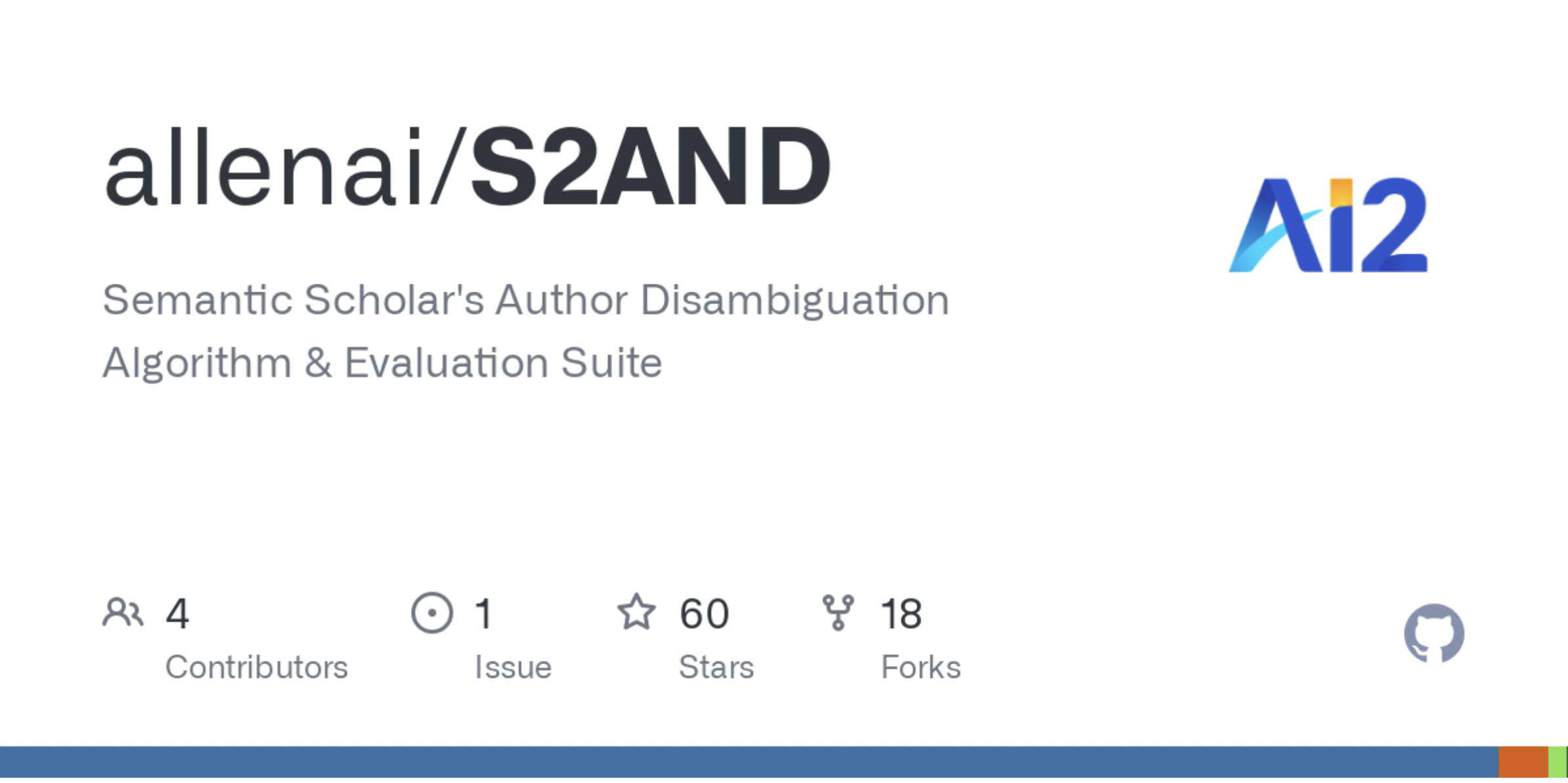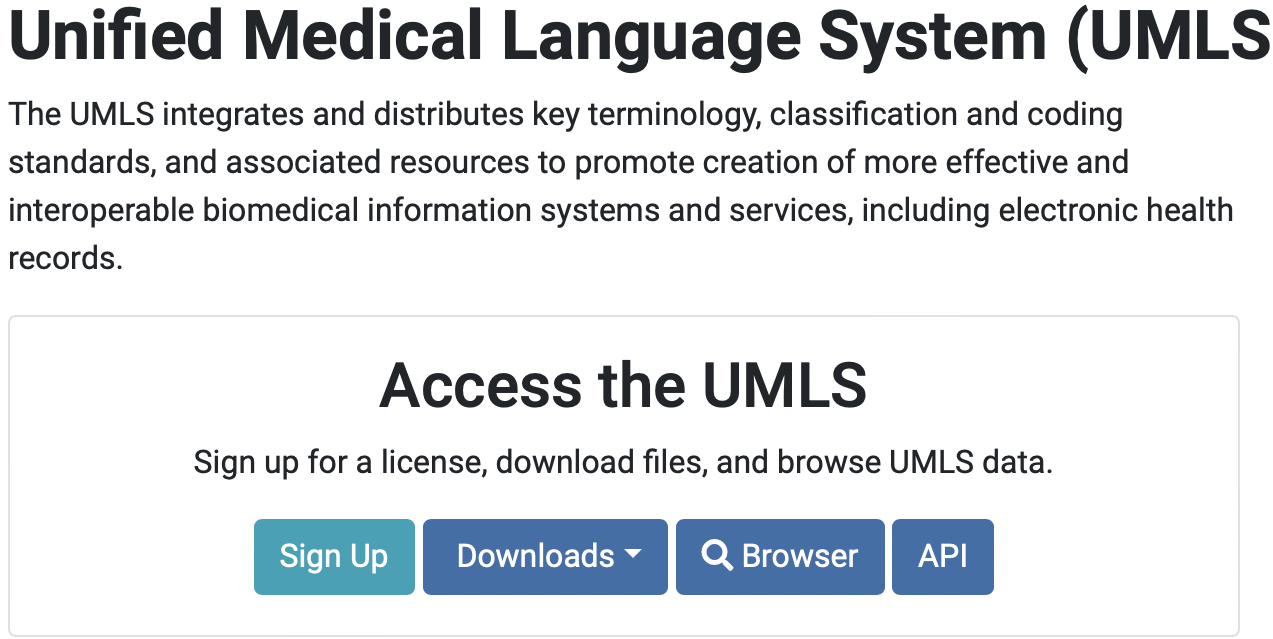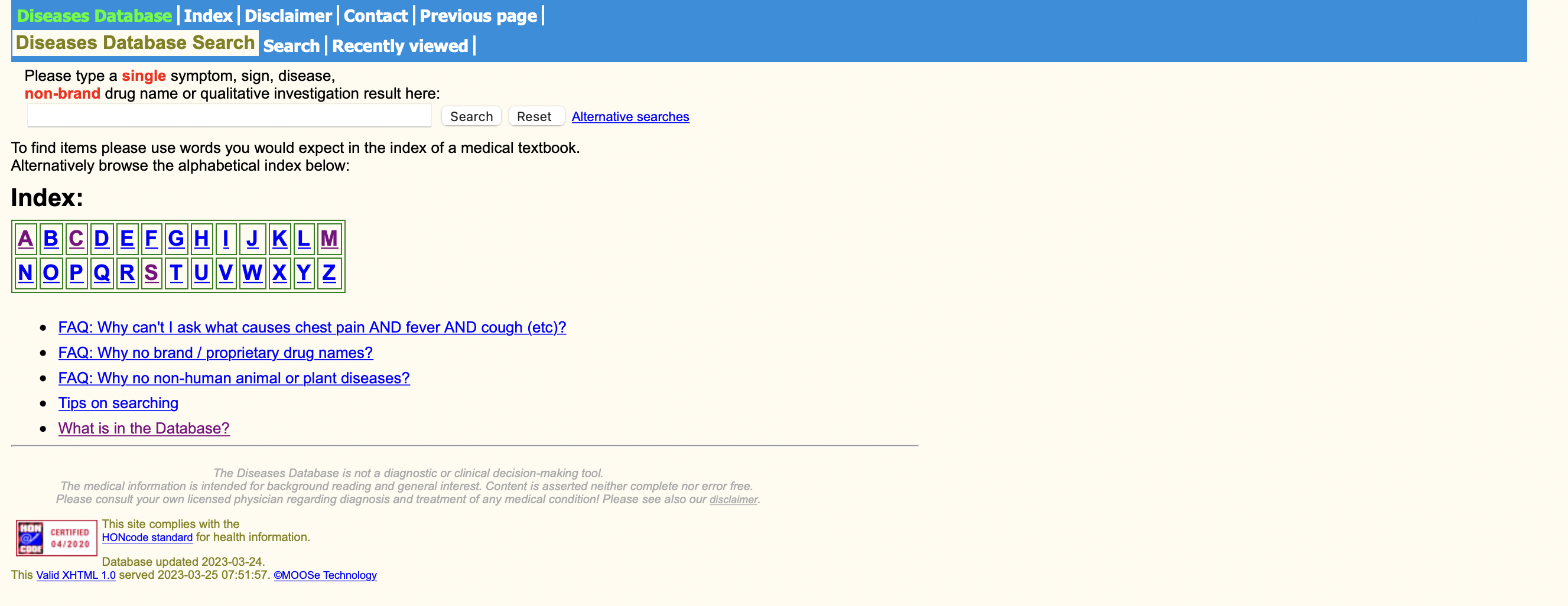
S2AND Data
Introduction The purpose of this post is to evaluate the structure of the training data used in running the S2AND algorithm; understanding the file formats will help us insert our own, unique data for author disambiguation Folder Structure Here is what the full data directory looks like: As you can see, the S2AND repo provides five folders for five different test runs of the algorithm, namely: Aminer ArnetMiner Inspire Kisti Medline We also have access to the production-level, pretrained S2AND model that’s ready for us to plug in and use:...


